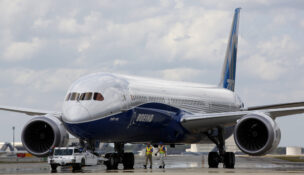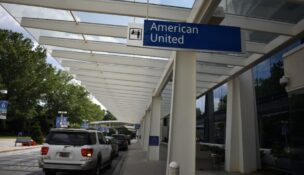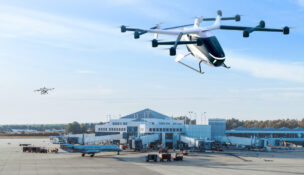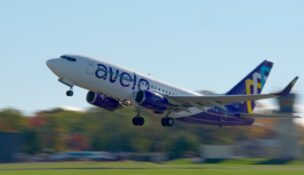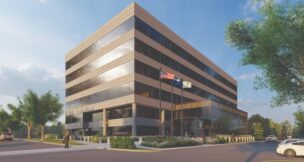Boeing hopes 787 inventory takes off soon
Staff //February 7, 2022//
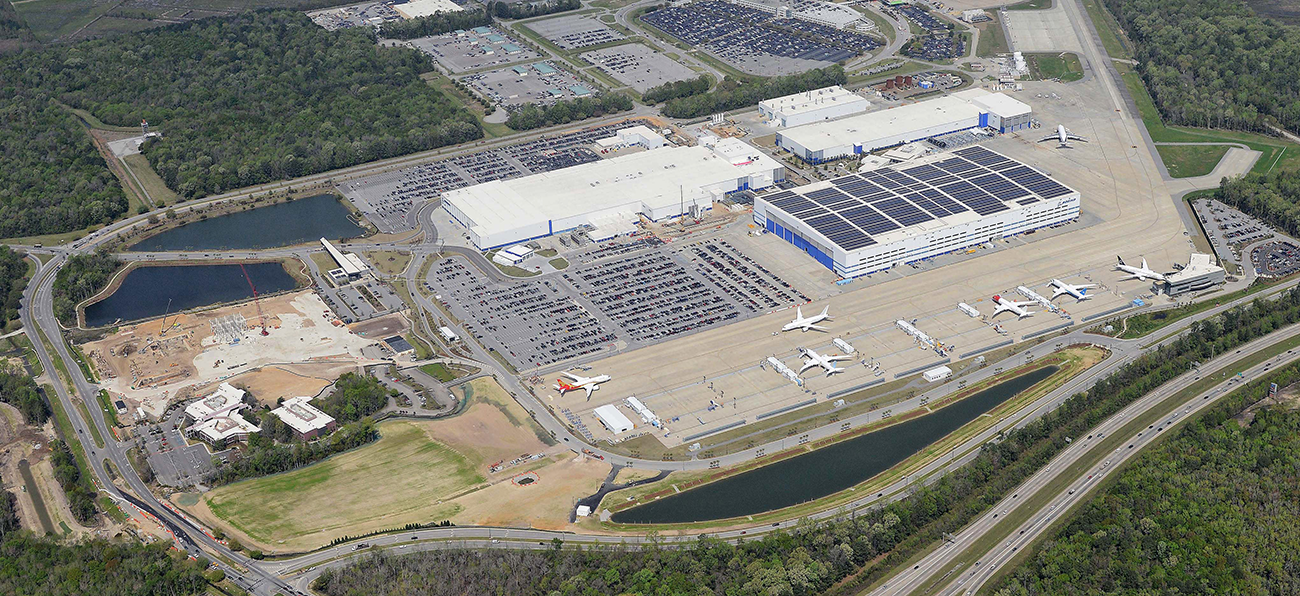 Last year was a rebuilding year for Boeing — there’s just not a whole lot of building new 787 jets here in South Carolina.
Last year was a rebuilding year for Boeing — there’s just not a whole lot of building new 787 jets here in South Carolina.
Deliveries of the jet have been halted since May when the Federal Aviation Administration requested to look into further production quality issues regarding tiny gaps found between the sections of the fuselage. About the width of a human hair, the gaps were not a safety of flight issue for the in-service fleet, but the company has been working since to address the problem.
Last year, Boeing only delivered a total of 14 jets manufactured in North Charleston, a far cry from the 53 recorded in 2020. Zero were delivered in the final quarter of last year.
After months of delivery delays caused by Federal Aviation Administration and zero deliveries in the fourth quarter, Boeing now has 110 airplanes in inventory as of the fourth quarter and executives said at an investor call Jan. 26 that they still don’t know when deliveries will resume.
“We set out on a comprehensive program to ensure every 787 airplane in our production system conforms to our exacting specifications. We resolved many of the non-conformances and, we’re finalizing our work on the remaining items,” Executive Vice President and CFO Brian West said on the call.
Boeing reported a fourth quarter revenue of $4.8 billion, primarily driven by higher 737 deliveries that were “partially offset by lower widebody deliveries and less favorable mix.”

Operating losses of $4.5 billion were primarily driven by charges on the 787 program, resulting in a negative margin rate, West said.
But despite a hard hit to the 787 program, CEO Dave Calhoun remains optimistic for a robust recovery of the 787 program in the next year or two.
“It reflects everything we’ve learned about the rework process itself, the data required to restart deliveries and obtain ticketing and then customer expectations regarding concessions as we move forward,” Calhoun said.
The CEO regards Boeing’s backlog of more than 100 finished planes, including a buildup of 737 Max jets, as a “double-edged sword.” Boeing would rather not carry such a large inventory, but Calhoun believes the planes will serve the company well in the future as bookings and customer discussions are still ongoing with regard to their fleet plans, medium- and long-term.
“We will run our rate as low as we can while we burn our inventory as fast as we can, I think is the way to think about it,” he said.
Part of Calhoun’s confidence comes from the volume of the 787s currently in the field, with 99% of the fleet is in service today compared to pre-pandemic levels. The 787 is the most used widebody in the air today, he said.
“This is a great product line and a competitive product. And as soon as we begin delivery, we feel very good about the ultimate recovery,” he said.
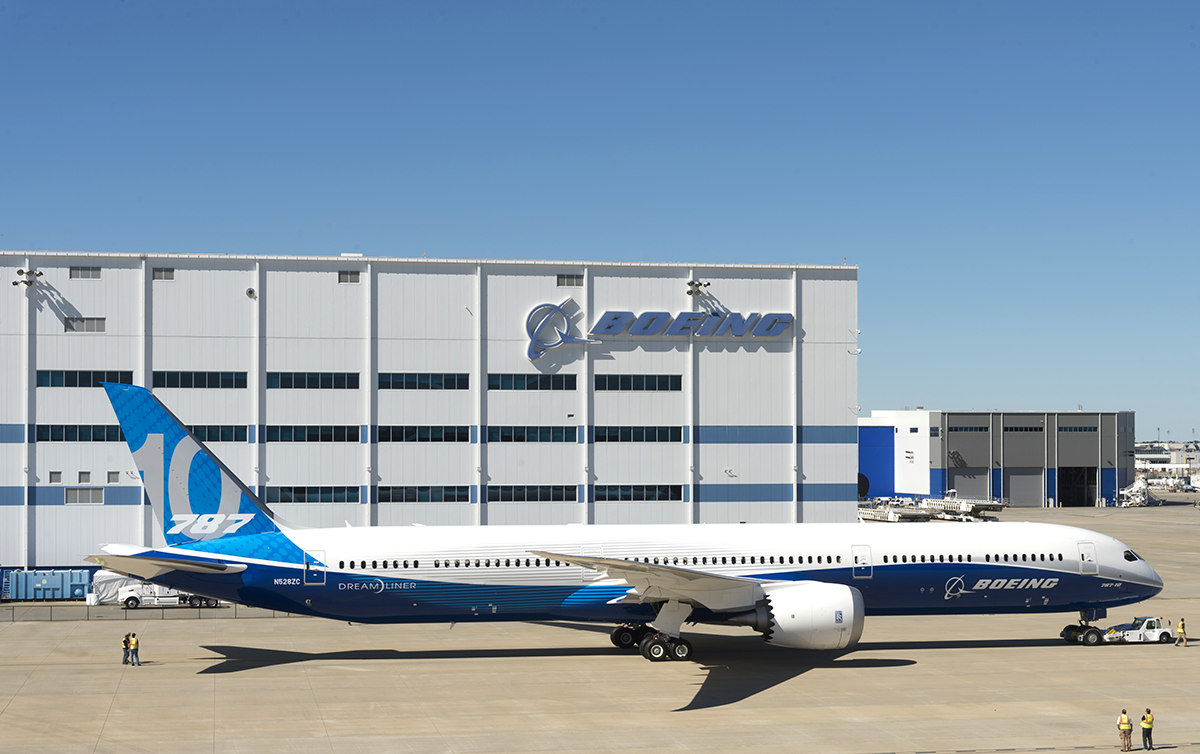 West wouldn’t speculate when 787 deliveries could restart — though Calhoun said it could still be a couple more months — but he said on the call, “we have made meaningful strides in addressing many of the non-conformances we identified. We have work remaining to do, and we continue to hold detailed productive discussions with the FAA every step of the way.”
West wouldn’t speculate when 787 deliveries could restart — though Calhoun said it could still be a couple more months — but he said on the call, “we have made meaningful strides in addressing many of the non-conformances we identified. We have work remaining to do, and we continue to hold detailed productive discussions with the FAA every step of the way.”
From a financial impact standpoint, Boeing recorded a $3.5 billion noncash charge in the fourth quarter to write down “unamortized deferred production costs, primarily due to estimated customer compensation for the longer delivery delays,” West said.
He emphasized that cash margins on the 787 continue to be positive and are expected to remain so and improve over time.
For the $3.5 billion charge, West explained the company had previously expected rework for the door-surrounds to be labor-intensive, but by the fourth quarter, the company realized the solution needed to be performed on the entire inventory, therefore impacting more planes.
“We provided for estimated customer concessions because of these delays, which drove the $3.5 billion charge. While this hurts in the near term, we still believe it’s the right thing to do because long term. We’re going to sell a lot of these 787s for decades. So, we just got to work our way through this,” West said.
Looking ahead, West breaks down the coming year as three separate parts: reaching key milestones to resume 787 deliveries; improving performing metrics, such as deliveries, revenue, margin and cash flow; and accelerating financial performance.
He believes there’s strong opportunities ahead for Boeing to return to sustainable growth.
“We remain very confident in the future success of the 787, and it remains one of our most compelling programs,” West said. “Importantly, none of the issues we’re addressing have raised immediate safety of flight concerns or impacted the capabilities of the in-service fleet. We received gross orders for 21 airplanes last year, and we see a long runway ahead. We are working diligently to ensure that we are well positioned as demand recovers and accelerates in the future.”
F






